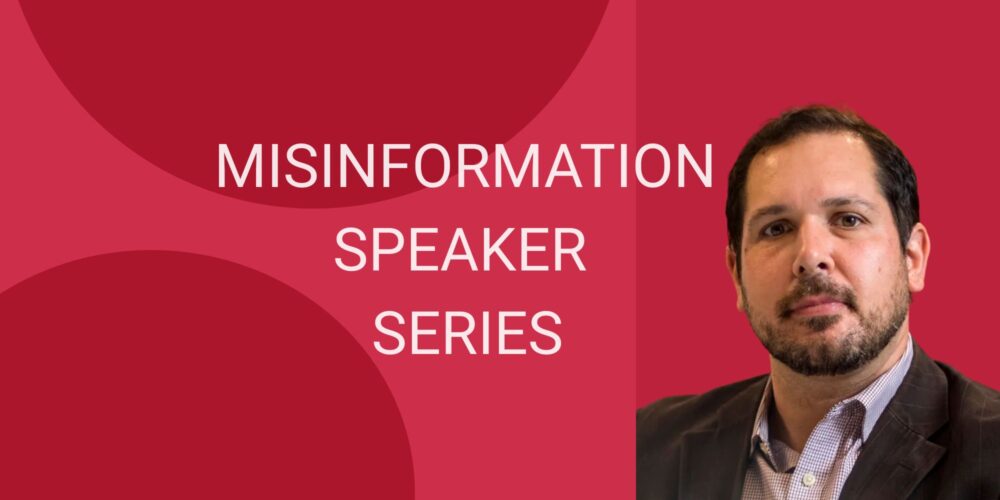
Videos
Regulating Social Media: America’s Global Communications Dilemma

Over the past year, there has been rising pressure on Facebook, Google and Twitter to account for how bad actors are exploiting their platforms. The catalyst of this so-called “tech-lash” was the revelation in summer 2017 that agents of the Russian government engaged in disinformation operations using these services to influence the 2016 presidential campaigns.
The investigation into the Russian operation pulled back the curtain on a modern Internet marketplace that enables widespread disinformation over online channels. Questionable digital advertisements, social media bots, and viral internet memes carrying toxic messages have featured heavily in the news. But we have only begun to scratch the surface of a much larger ecosystem of digital advertising and marketing technologies. To truly address the specter of future nefarious interventions in the American political process, we need to broaden the lens and assess all of the tools available to online commercial advertisers. Disinformation operators in the future will replicate all of these techniques, using the full suite of platforms and technologies. These tools grow more powerful all the time as new advances in algorithmic technologies and artificial intelligence are integrated into the marketplace for digital marketing and advertising.
The central problem of disinformation corrupting American political culture is not Russian spies or a particular social media platform. The central problem is that the entire industry is built to leverage sophisticated technology to aggregate user attention and sell advertising. There is an alignment of interests between advertisers and the platforms. And disinformation operators are typically indistinguishable from any other advertiser. Any viable policy solutions must start here.
To inform and support this important public debate, this paper analyzes the technologies of digital advertising and marketing in order to deepen our understanding of precision propaganda.
This paper concludes with a series of recommendations to guide corporate reform, consumer empowerment and new public policy development. Current efforts to promote transparency in the advertising ecosystem are important steps. But these are only the first moves in a long and difficult challenge. Ghosh and Scott offer a set of principles to guide the path forward as well as starting points for potential regulatory intervention. These include changes to election law, data privacy protections, and competition policy. The nature of this crisis in media and democracy requires an ambitious approach to reform, from Silicon Valley C-Suites to Capitol Hill to the handsets of everyday internet users. American political resilience has through the ages hinged on an implicit commitment that markets must take a backseat to democracy.
Read the full report here.

Videos

Explainers, Podcasts, Videos

Videos